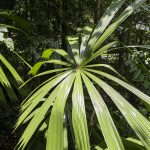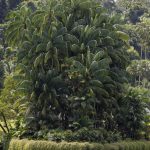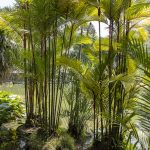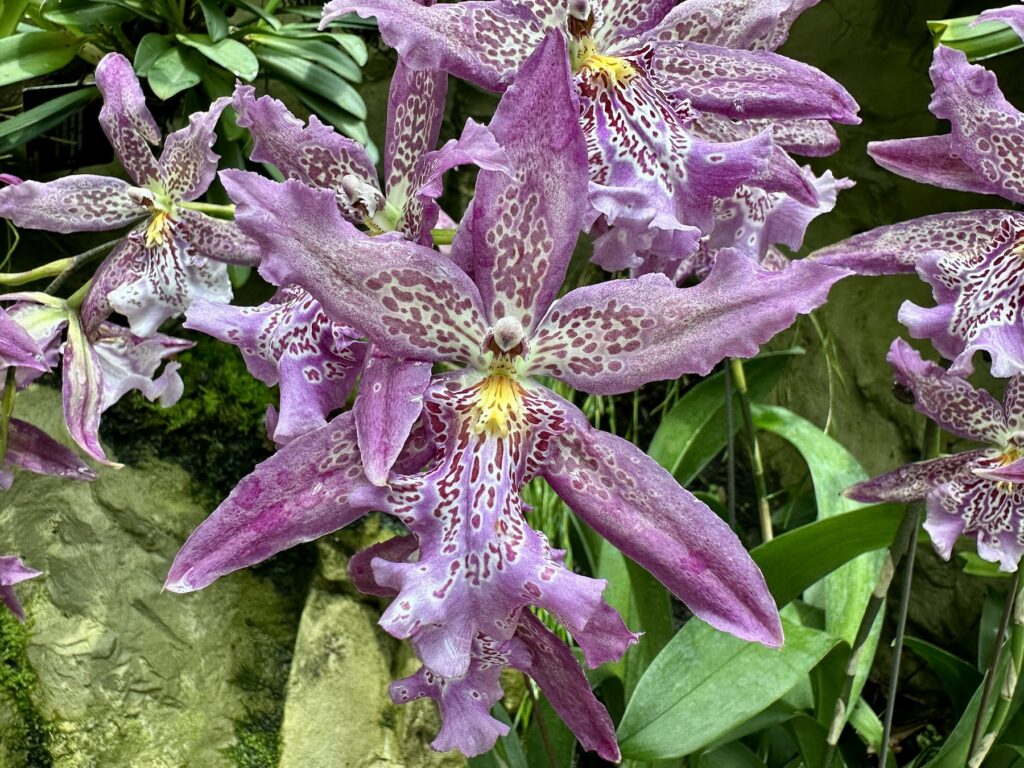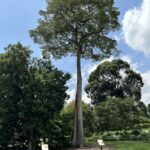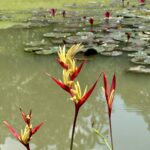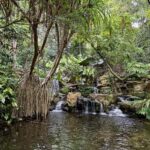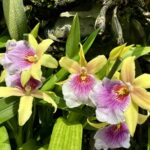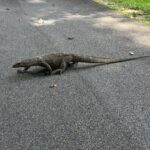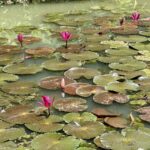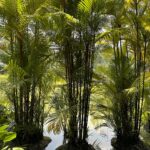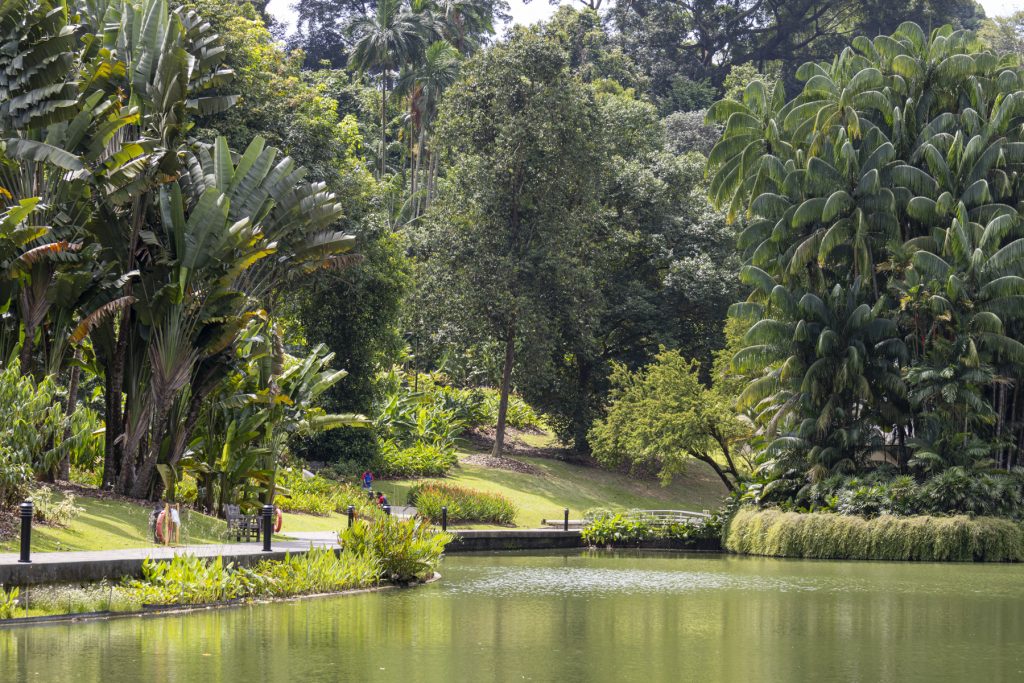 In 2022 we visited the Botanic Gardens, spending several hours there. However we didn’t see all of it – it’s huge, we were walking around in the sun for a long time, so we stopped when we were feeling exhausted. But we were aware that there was more to see and it was definite target for this visit.
In 2022 we visited the Botanic Gardens, spending several hours there. However we didn’t see all of it – it’s huge, we were walking around in the sun for a long time, so we stopped when we were feeling exhausted. But we were aware that there was more to see and it was definite target for this visit.
But first a bit of history. The Botanic Gardens were originally founded in 1859 by the Agri-horticultural Society of Singapore which was granted land by the colonial government in the Tanglin area. At that time this land would have been well beyond the town of Singapore. During this initial phase the gardens were used as a pleasure park for the society’s members, but significant development and expansion took place and the basic layout of the gardens as they are now (at least the central part) was created during this time. In 1874 the society ran out of money and handed the gardens back to the colonial government which appointed a Superintendent in 1875. Since then there has been a continuous run of Superintendants and Directors. One of them, Henry Ridley, used the Gardens in the 1880s to develop the techniques of tapping rubber trees to obtain rubber without killing the tree. He publicised this and as a result rubber cultivation spread throughout British Malaya to the point where the colony became the world’s leading supplier of rubber. Two Directors were Japanese – they held their positions during the Japanese occupation of Singapore, from 1942 to 1945. Indeed, the first of these (Hidezo Tanaka) saved the gardens from being looted and perhaps converted to training grounds by the occupying Japanese military.
After independance the Gardens were handed over to the National Parks Board of Singapore, which has continued to develop and expand them. The Gardens are free to enter and explore – only one area, the National Orchid Collection, has chargeable admission. The orchid is Singapore’s national flower and Singapore’s climate is especially suitable for tropical orchids. We visited the orchid collection on our previous visit and therefore did not do so this time; however, the orchids are stunningly beautiful and the Collection is well worth the price of admission. The Gardens are one of only three to be honoured as a UNESCO World Heritage Site, and the only one of those which is a tropical garden. (The other two are the Royal Botanical Gardens at Kew, and the Orto Botanico at Padua, Italy, apparently the very first ‘University Botanical Gardens’ in the world.)
For this visit we knew the layout so we were able to navigate our way to areas we hadn’t visited last time. Chief among them was the ‘Tyersal Extension’, a large new area added in 2009 and opened to the public about ten years after that. Essentially it’s an area of forested wetland which had been slowly drying out and the vegetation changing as a result, of course. The Gardens have restored the original conditions, and as a result examples of the original vegetation are returning. It’s very much a work in progress, in a passive sense – they’ve set up the conditions, the vegetation will respond to them over decades, and the Gardens will manage those changes with a very light hand. We spent maybe an hour walking around this area which felt quite wild and very forested – this was definitely not an area of manicured lawns.
As on our previous visit we walked and explored until we felt tired and decided we’d done enough. Time for lunch! – at a small restaurant we’d found last time, ‘Fusion Spoon’. Basically just a big open indoor space (and blissfully cool) with an automated ordering system through which we built our own, individual salad lunches. And so cheap! – Singapore is often described as expensive, but if you eat local you can often eat cheaply. A customised salad and a soft drink for each of us cost £16 total, and was very tasty. Then back to the hotel; and thanks to the continuing development of Singapore’s MRT (metro system) there was a new station just by the Garden’s gateway.
There is one thing I wonder about as regards the Botanic Gardens. Actually, not just the Gardens, but all the vegetation in Singapore and throughout tropical SE Asia. I think that if I lived in these conditions I would very much miss the annual cycle that gardens and woodlands go through in the UK. In Singapore it’s always green, and mature green at that; no light green leaves in spring, no early summer flowers, and above all, no autumn colours. But I don’t live in tropical climates so I won’t worry about it.
